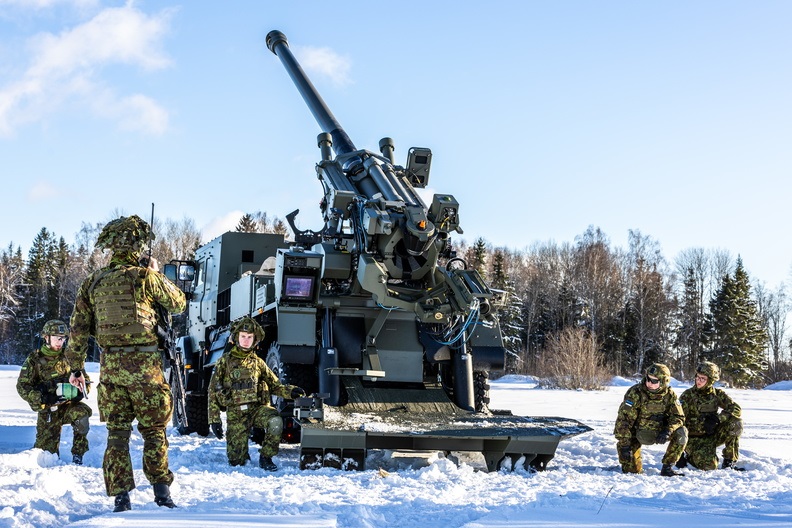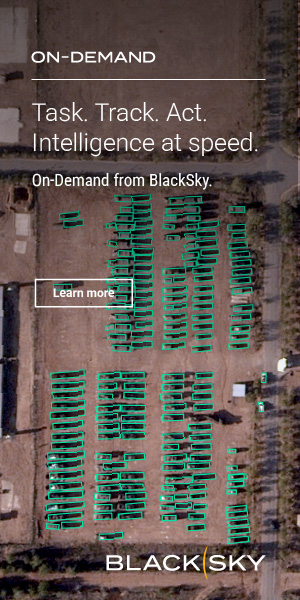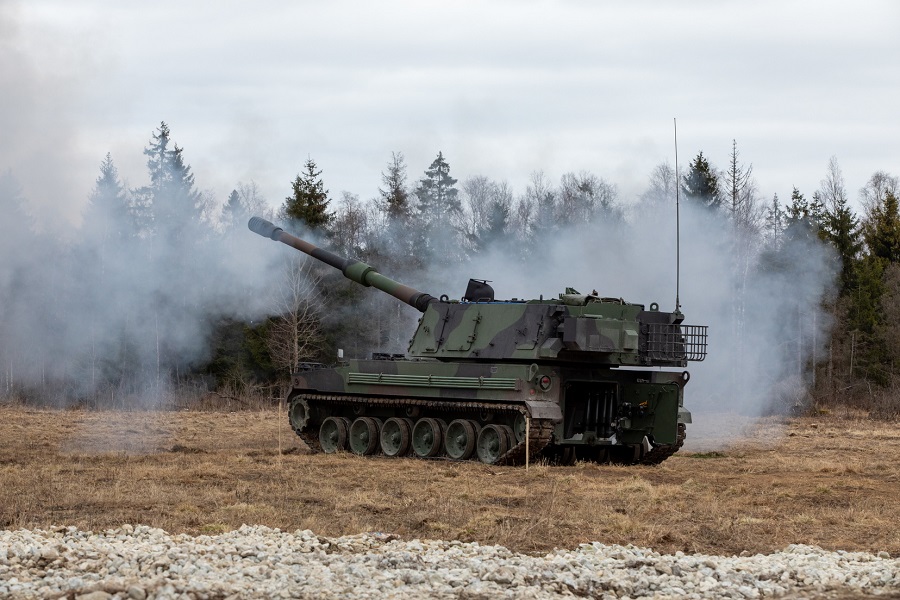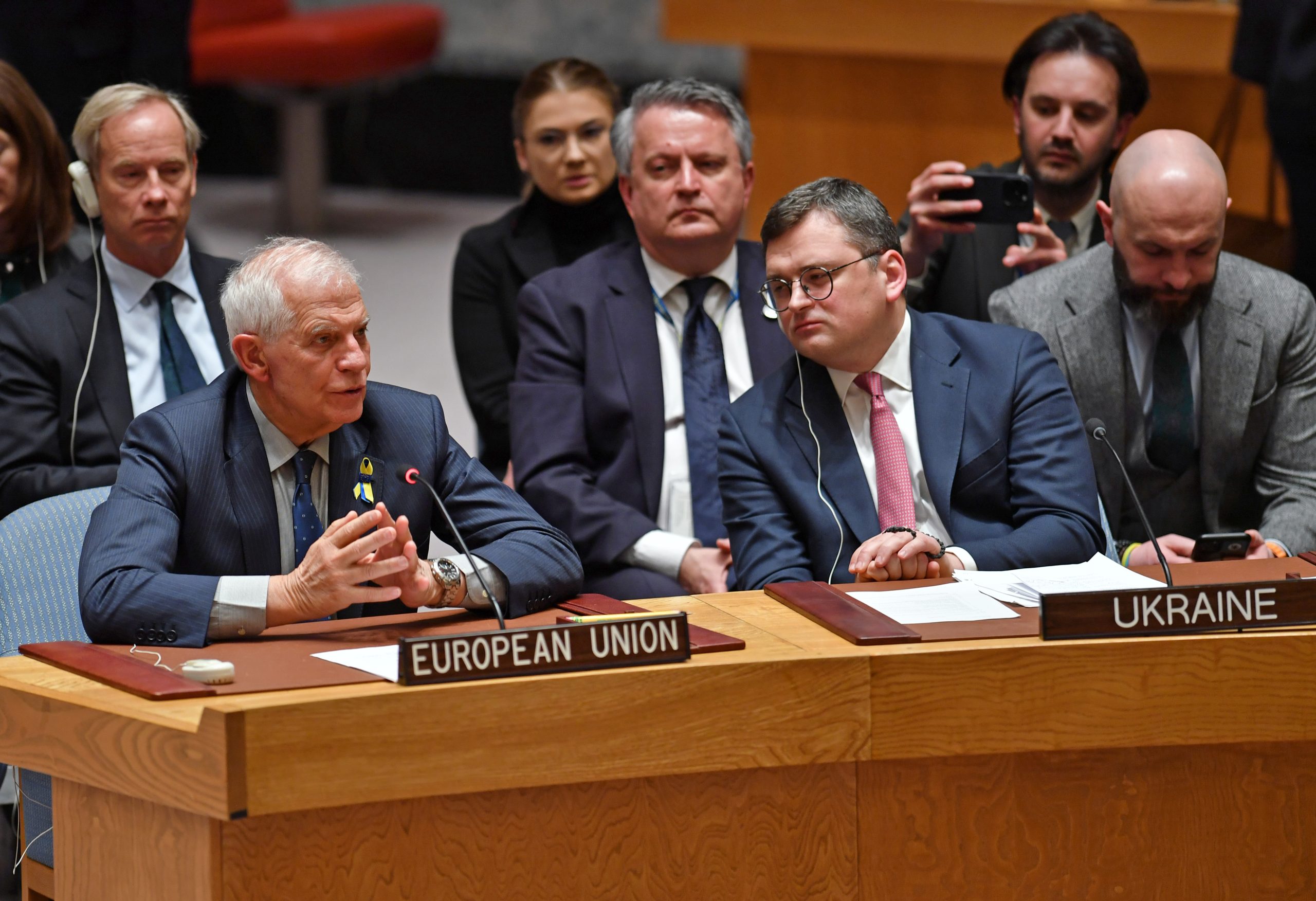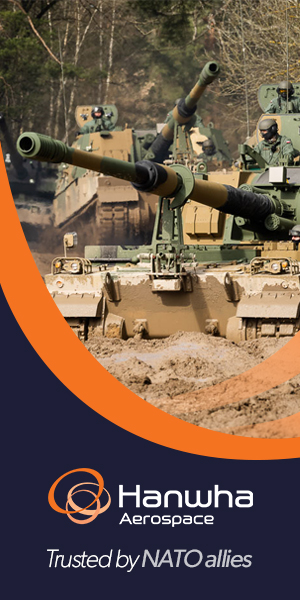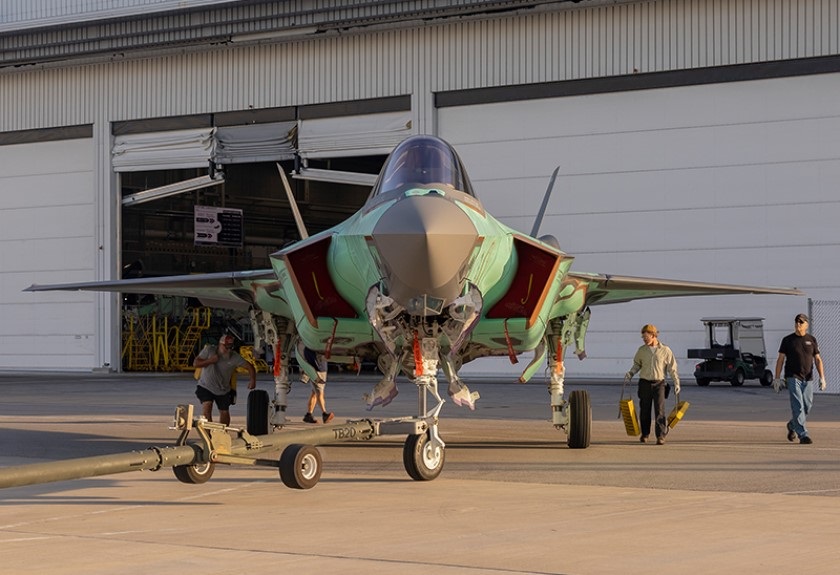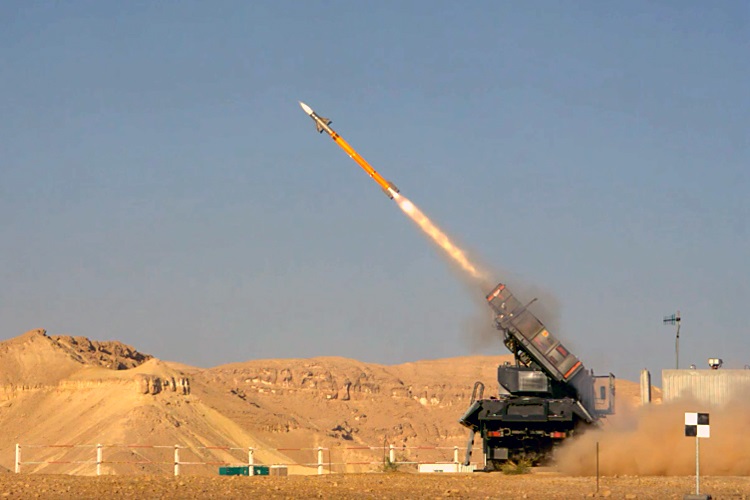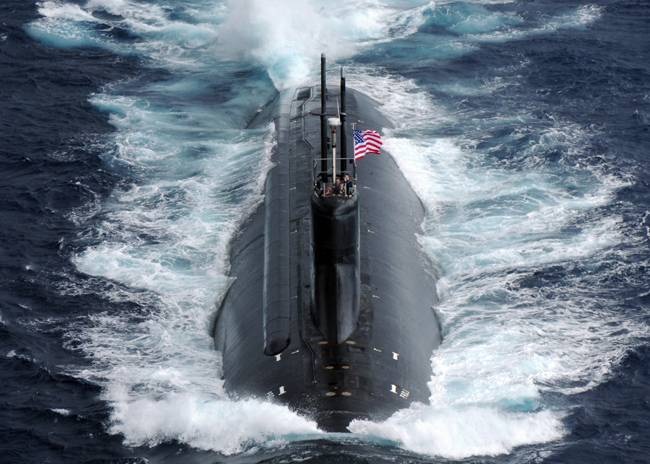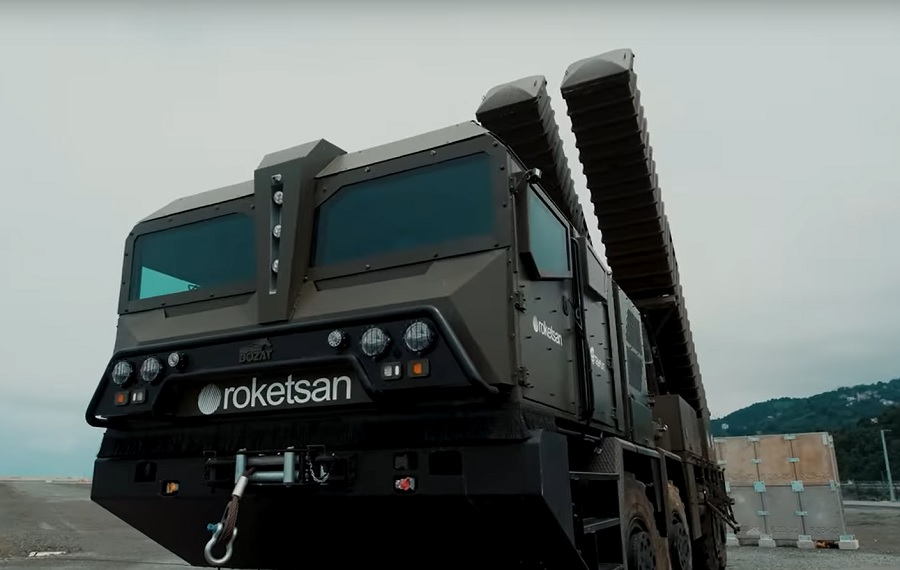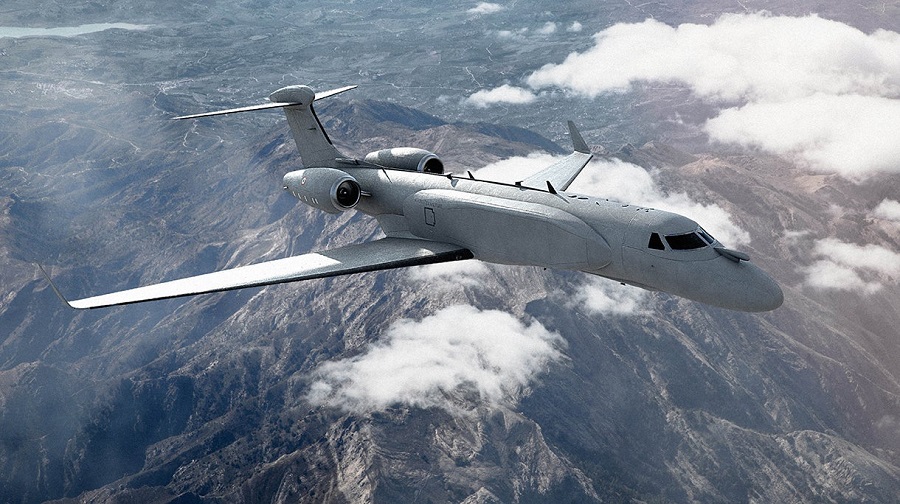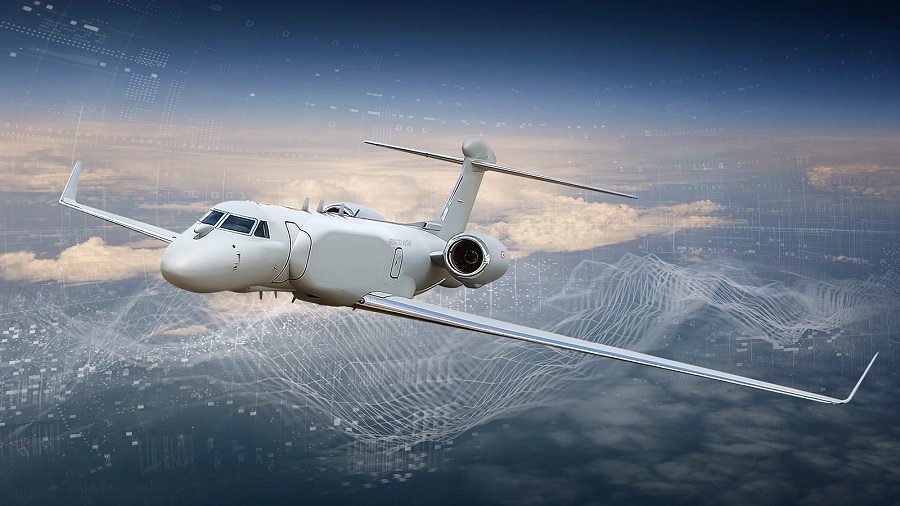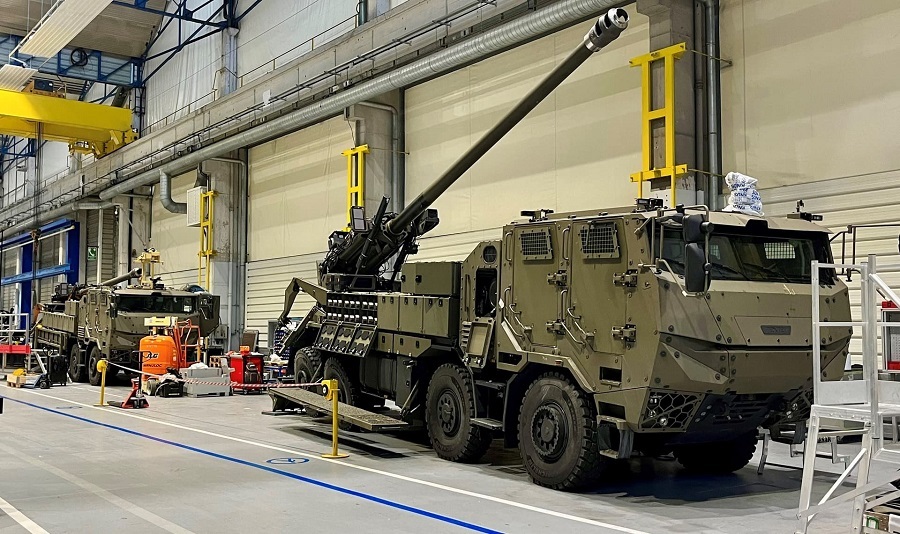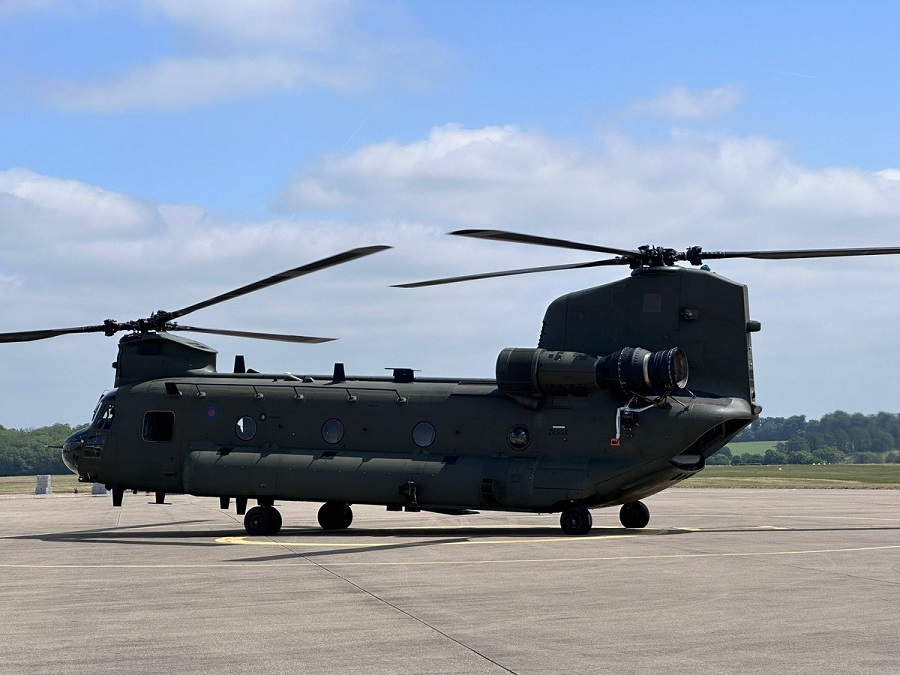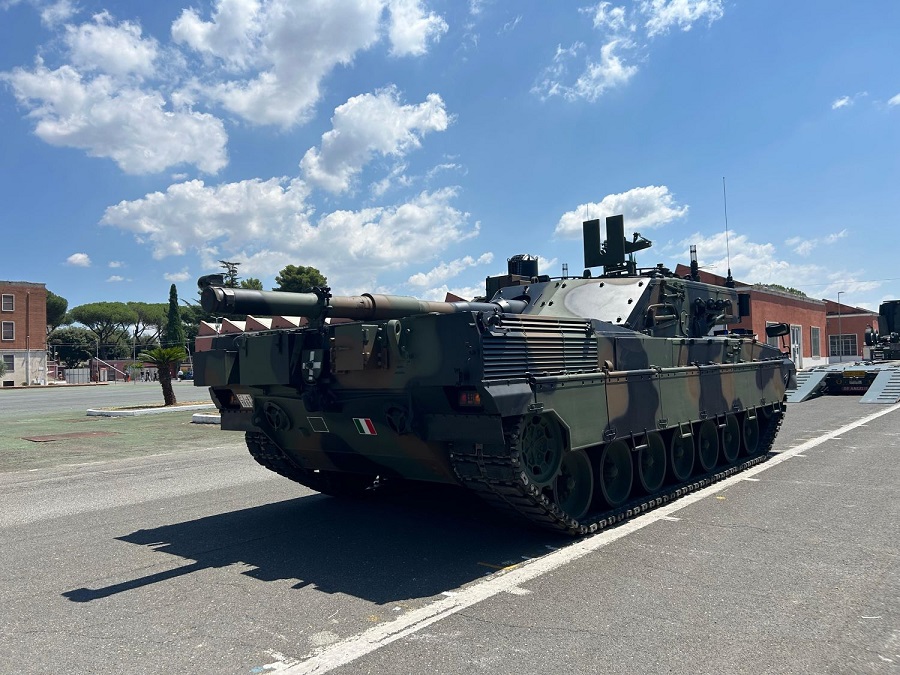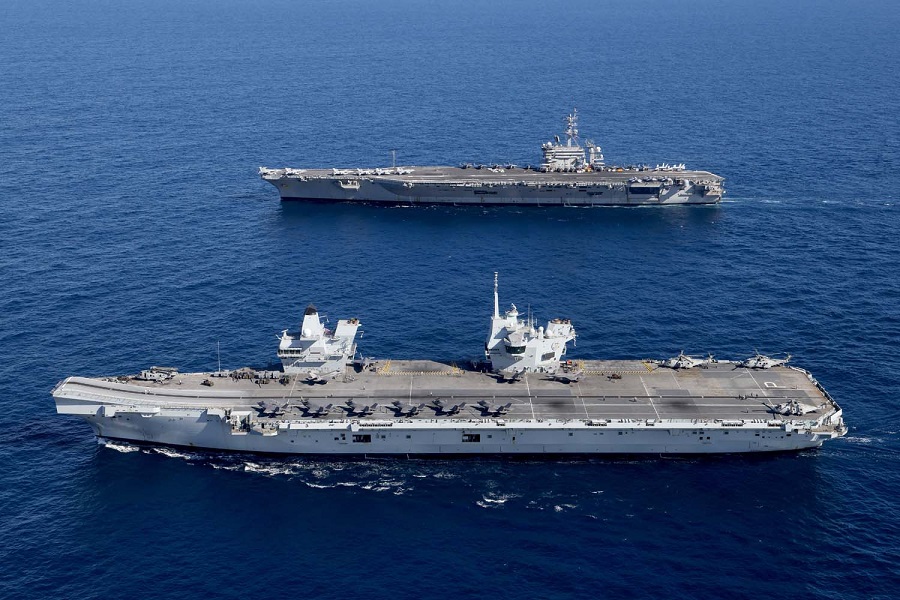Second Lieutenant Henry Lillemaa, commander of the unit, expressed pride in being the first group to train on the system. He highlighted that conscripts are following a pilot training programme, which will be evaluated for potential improvements to ensure soldiers acquire the necessary skills within the given timeframe.
The course, which lasts seven weeks, will conclude at the end of March with a tactical exercise and live-fire drills. This week, trainees have been learning how to operate the CAESAR system, perform tactical manoeuvres, and execute fire missions at the Tapa military training area.
Captain Kristjan Katmann, commander of the fire battery, noted that lessons learned from the introduction of the K9 self-propelled howitzer were incorporated into the training programme. He expressed confidence that the integration of CAESAR into Estonia’s indirect fire units would be smooth and effective.
One of the key advantages of the CAESAR MK1 howitzer is its mobility and ease of maintenance compared to tracked artillery systems. The platform can relocate quickly over long distances, engage targets over 40 kilometres away, and is compatible with various NATO-standard munitions.
The Estonian public will get a closer look at the new artillery system on 24 February, when it is showcased during the 107th anniversary parade of the Republic of Estonia. A weapons exhibition following the event will also feature the CAESAR system, demonstrating its capabilities to the wider public.



